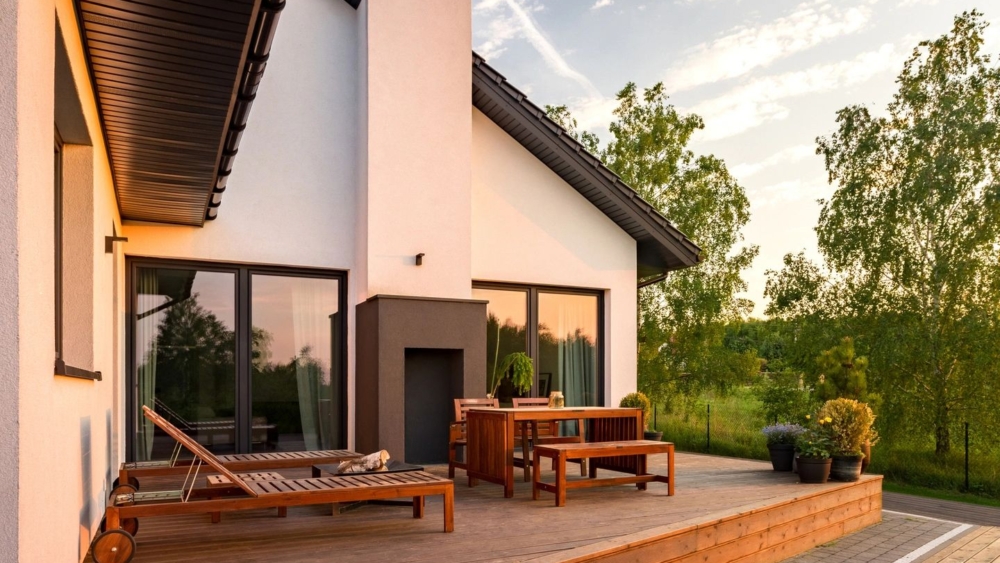If you’re planning to purchase a new home, you’ve likely been keeping an eye on mortgage rates. The 30 year conventional mortgage rate is often regarded as one of the industry standards for determining interest rates for homebuyers. In this blog post, we’ll explain everything you need to know about 30 year conventional mortgage rates and help you make an informed decision.
Firstly, what exactly is a conventional mortgage? A conventional mortgage is a loan not insured by a government agency like the Federal Housing Administration (FHA) or the Department of Veterans Affairs (VA). Banks and mortgage lenders offer conventional mortgages, and they’re typically less risky for lenders than government-insured loans.
Now, let’s dive into 30 year conventional mortgage rates. A 30 year mortgage is a loan that is paid back over a period of 30 years. A conventional 30 year mortgage rate is the interest rate charged by lenders for a 30 year conventional mortgage. This rate is influenced by a number of factors, including credit score, loan amount, property location and more.
One advantage of a 30 year conventional mortgage is its fixed interest rate. Unlike an adjustable rate mortgage (ARM), the rate of a 30 year conventional mortgage is fixed for the entire term of the loan, which provides stability in your monthly mortgage payments. Additionally, 30 year conventional mortgages usually come with a lower interest rate than shorter-term mortgages like a 15 year mortgage.
When it comes to applying for a 30 year conventional mortgage, a higher credit score will typically result in a lower interest rate. On the other hand, if your credit score is lower, you may still qualify for a 30 year conventional mortgage, but you may end up with a higher rate. Lenders consider a variety of factors when determining the interest rate, so it’s essential to have a good understanding of your finances before applying for a mortgage.
Lastly, before signing on the dotted line for a 30 year conventional mortgage, it’s critical to understand the total cost of the loan. This cost is typically expressed as the Annual Percentage Rate (APR), which includes the interest rate and any additional fees associated with the loan. It’s always essential to get a clear breakdown of all loan costs and fees so that you can make an informed decision.
In conclusion, a 30 year conventional mortgage is a reliable option for many homebuyers. The fixed interest rate and lower monthly payments make it an attractive choice. The best way to figure out whether a 30 year conventional mortgage is the right option for you is to talk to a licensed mortgage loan officer, who can answer any questions you may have and help you through the application process. Remember to always do your research and compare different mortgage offers before committing to a loan. With the right preparation, you can get the most favorable rate and terms for your 30 year conventional mortgage.
